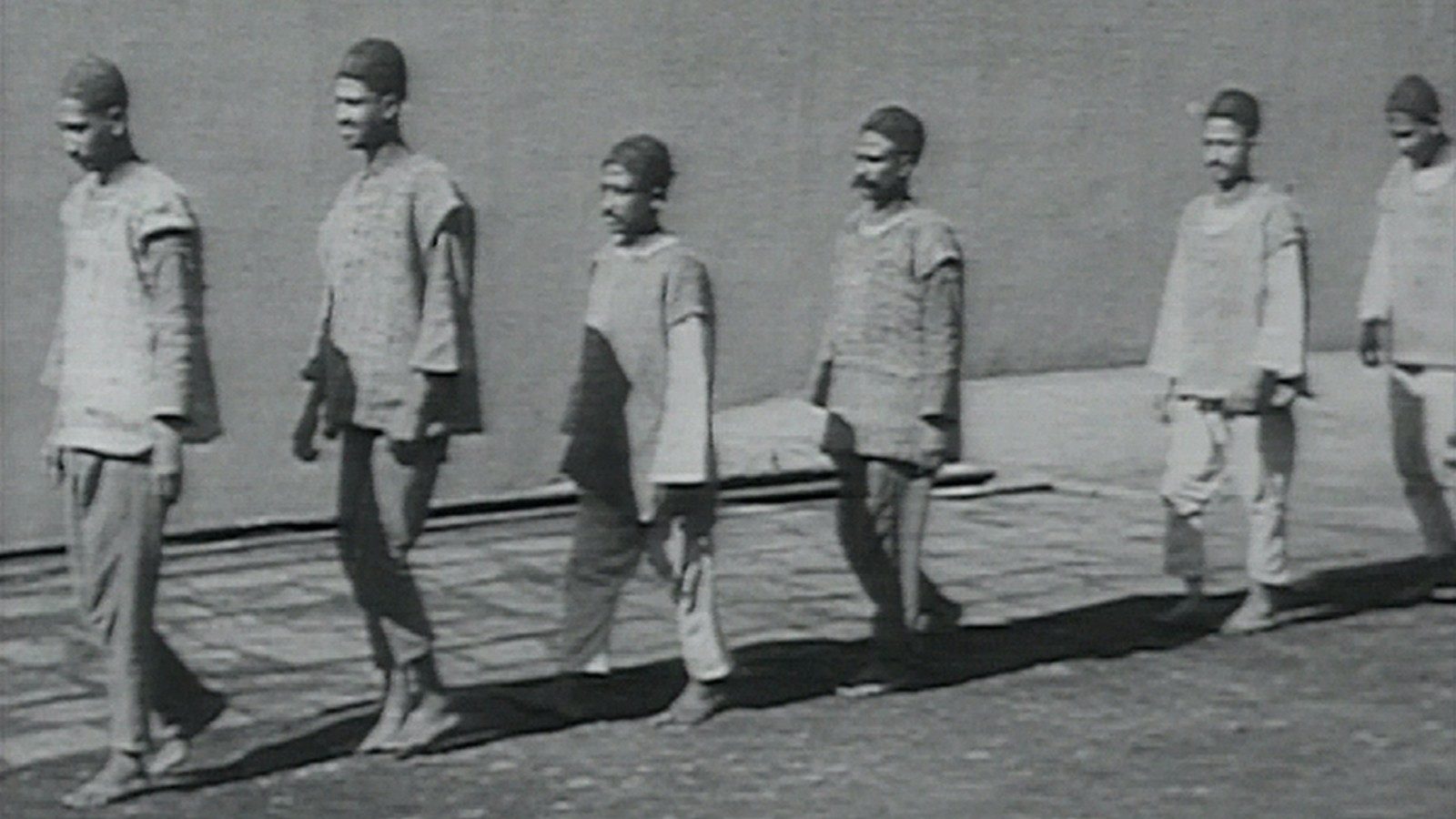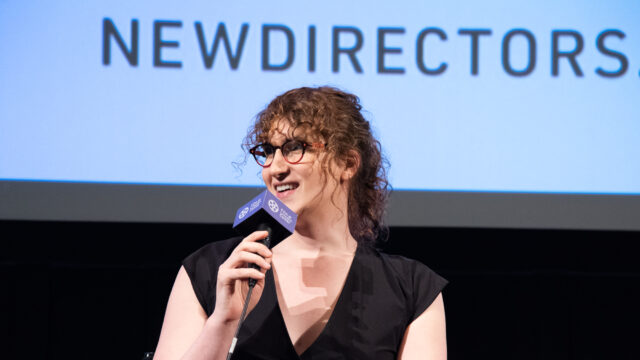Prison Images

“The cinema,” writes Harun Farocki, “has always been attracted to prisons. Today’s prisons are full of video surveillance cameras. These images are unedited and monotonous; as neither time nor space is compressed, they are particularly well-suited to conveying the state of inactivity into which prisoners are placed as a punitive measure.” In this probing essay film, Farocki appropriates the internal recordings of the U.S. carceral apparatus, homing in on revealing details. These scenes are also counterposed with a variety of related materials, like sequences from Robert Bresson’s A Man Escaped and Jean Genet’s Un Chant d’amour, as he considers the detention center’s far-reaching architecture of social control, and makes visible an America designed to be hidden.






